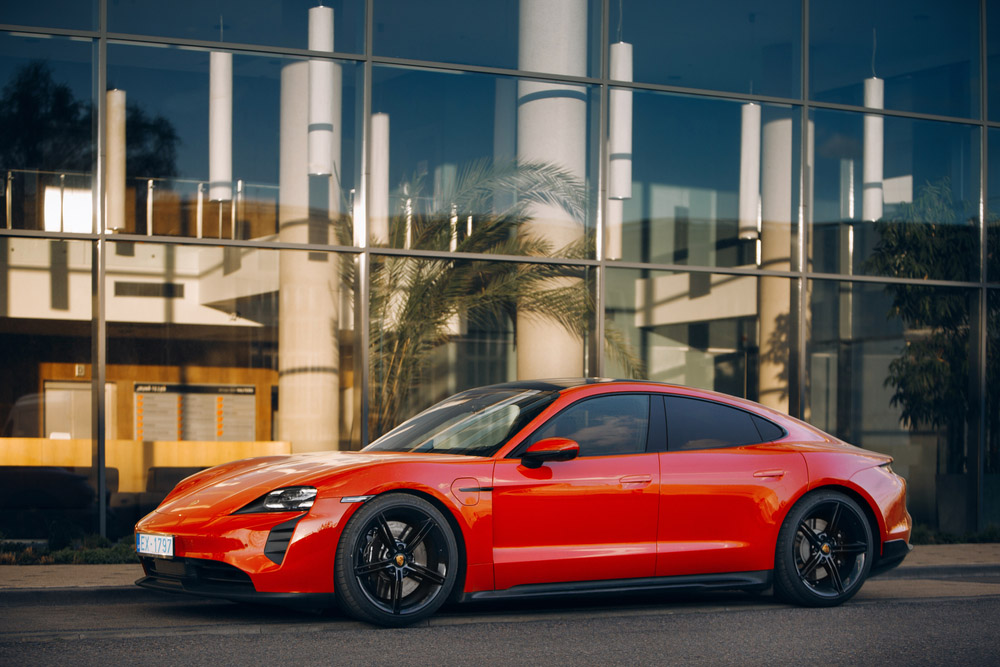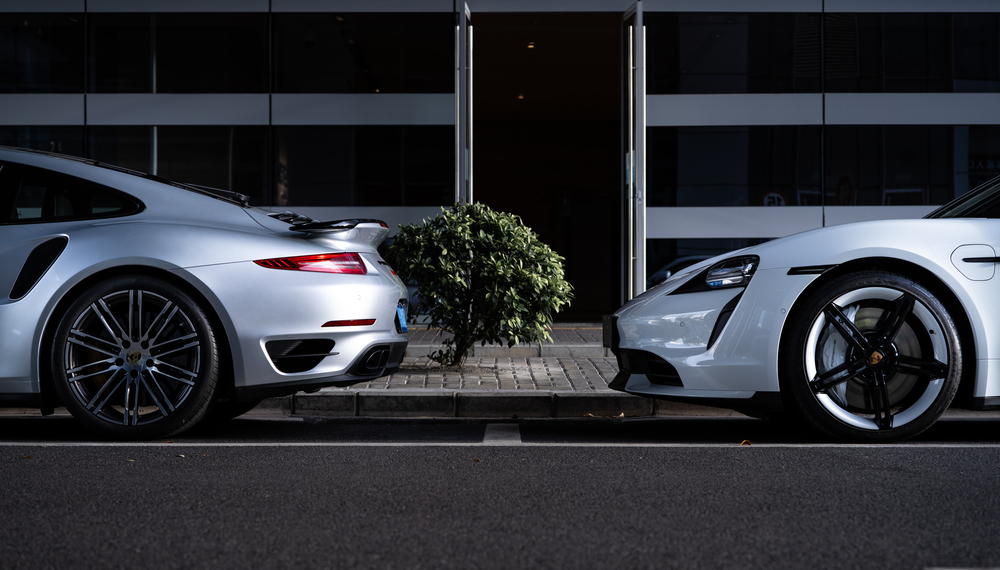The automotive market is on the cusp of a marketing revolution. Its consequences will be incalculable on the positioning of high-end automotive brands. Yet, no one is talking about the impact of the switch to 100% electric cars on the marketing of brands that are sometimes centuries old. What will automotive marketing look like when the internal combustion engine is a thing of the past? What will the marketing of tomorrow’s sports cars look like? How will the consumer find his way around a wholly changed offer?
If you only have 30 seconds
The abolition of the combustion engine from 2035 onwards represents a significant challenge for luxury car brands. Some differentiation criteria will become obsolete. New marketing benchmarks will have to be devised to keep customers’ interest. Style will remain the most recognizable element in order not to confuse loyal customers. Interactivity will become a differentiation criterion, and the driving position will become a central element in the brands’ innovation. Finally, the pleasure of driving will also be transmitted by the reconstitution of a sound specific to the brand, which could even be the object of industrial protection if the legislation allows it. Each brand would then have a particular acoustic fingerprint.
The electric car is tomorrow …. and this scares everyone
In the face of paradigm shifts, resistance is strong. According to a recent survey, only 27% of French people favor abandoning combustion engines. This is not very surprising in a country where 98% of the car fleet is thermal. However, the conversion is underway. In addition to the statistics on the electric car market that we published in this article; the latest figures show that nearly one in three cars sold in France is electric. In Germany, there are almost 1 million electric vehicles on the road.
However, in 2035, combustion engines will be banned from sale. Purchasing behavior will have to be adapted in a hurry.
Marketing reflexes are still primarily driven by the thermal
The 100% electric offer is still in its infancy in the automotive market. Most brands are content to electrify their internal combustion models. This forces them to compare combustion and electric models.
These reflexes are natural because the combustion engine has had a monopoly for more than 100 years. Unlearning these reflexes will be a lengthy process for the consumer but also for the marketer. Indeed, all automotive marketing is the legacy of a “thermal” way of thinking.
What marketing position in a world that is 100% electric?
What is clear is that the marketing codes of the last few decades will be shattered and, with them, the positioning of brands. The whole hierarchy of brands is likely to be turned upside down because the marketing elements put forward to justify this positioning will no longer exist tomorrow. This marketing revolution is expected to be the most complicated for certain dream brands whose very existence will be questioned by the all-electric market.
What will be left of Ferrari, Lamborghini, … when the engines no longer “sing” and no longer allow their owners to be noticed?
What will be left of high-performance thermal vehicles when a Tesla can accelerate faster?
In this respect, it is symptomatic to see that the direct competitor of the Porsche Taycan Turbo S is … the Tesla S Performance. With electric cars, the performance benchmarks change.
What will be the differentiating elements of the car of tomorrow?
Of course, price, comfort, and autonomy will be the obvious criteria for choosing an electric car. But what other measures will differentiate a luxury car in 2035?
Performance
For sports cars, pure performance will remain the main focus. But the battlefield will be reshaped because the advantage of electric power is that it is directly available. A Tesla Model S Performance is as good as a Bugatti Veyron at 0-100. A race for performance is already underway, and new manufacturers like Rimac are positioning themselves in this niche with the Nevera.
Style
Design is an integral part of the DNA of luxury brands. As luxury cars are a positional good, each brand has to propose a recognizable design. Some brands (like Porsche or Aston Martin) focus on customer loyalty by presenting designs that change little from one generation of vehicles to the next. This is seen with the Porsche Taycan, whose exterior appearance will not confuse 911 buyers.
The sound
Sound is part of the sports car’s identity. How do you keep the recognition that the sound of the engine provides? Stephan Winkelman, the emblematic boss of Lamborghini who briefly worked for Bugatti, recently stated that his future electric models would have a characteristic sound. It is, therefore, reasonable to ask: will intellectual property rights protect this sound in the same way as a design?
Interactivity
Suppose total vehicle autonomy remains a pipe dream. In that case, there is no doubt that driving assistance will become more and more present, leaving time for passengers to be entertained and the driver to enjoy the driving experience. The car will become even more connected, and the steering wheel will undoubtedly be a significant issue of innovation in the coming years.
Posted in Marketing.


15 March 2023
“A Tesla Model S Performance is as good as a Bugatti Veyron at 0-100”. I don’t agree with that all. IMO that’s a very myopic way of looking at it. It’s not only about how quickly a vehicle can accelerate from 0 to 60 mph. It’s also about the handling. And a Tesla does not handle the same way, by any measures, like many European cars (for example) whether it is at high speed on a track or actual handling at speed with hills, curves (the fun driving). Just look at the extent Porsche is going with respect to the design of the Macan EV.
And using Tesla as an example again, neither design nor quality are up to bar with true higher end brands.
It’s true that the differentiation story is different than in the ICE days, but just because it is an electric motor and doesn’t have multi-step transmission, it doesn’t mean that there is no way to differentiate beyond range.